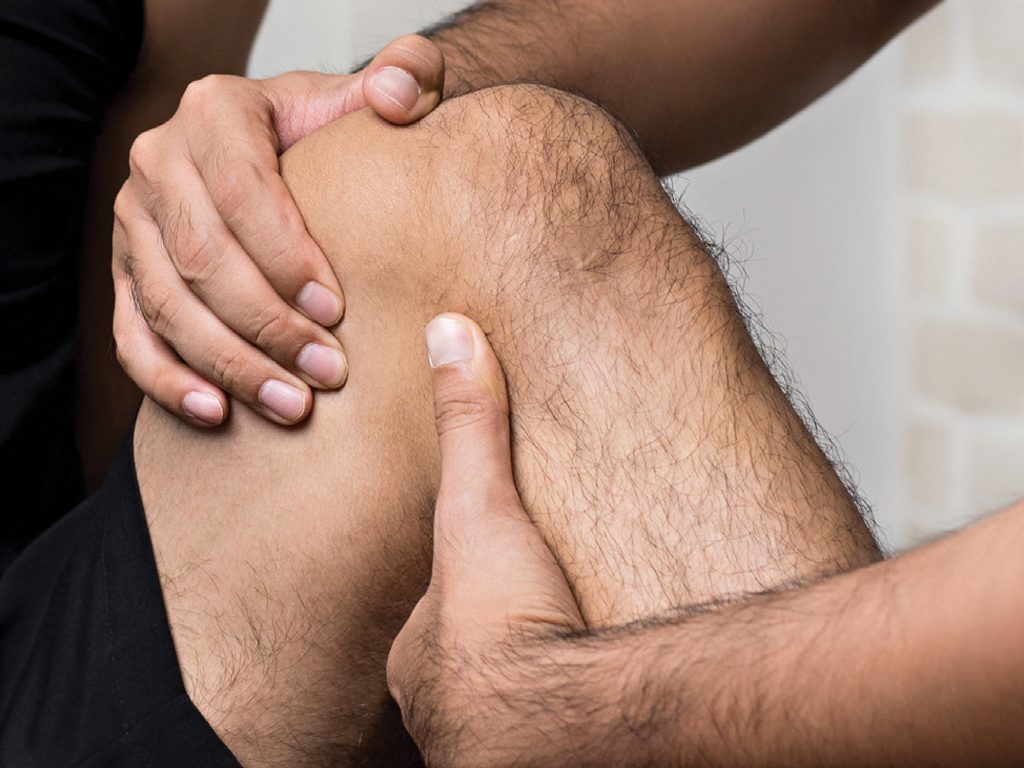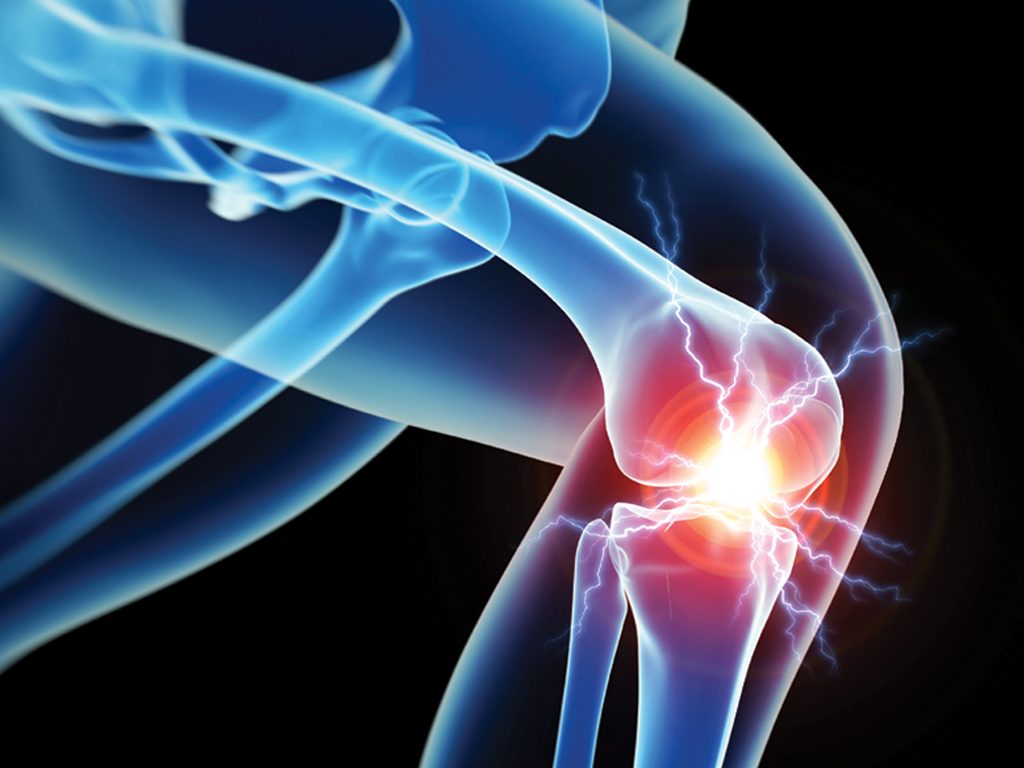
Knee pain affects both young and old due to injuries, mechanical problems and medical conditions. The severity of pain varies, depending on the cause.
There are four ligaments in the knee, but the one most prone to injury is the anterior cruciate ligament (ACL). The ACL connects the thigh bone to the shin bone. ACL injuries are most common among people who play basketball, football or other sports that require sudden changes in direction. ACL injuries require medical attention and, if the ACL is completely torn or stretched beyond its limits, you may need to have reconstructive knee surgery.
The meniscus is a piece of soft tissue that cushions and stabilises the joint. It is a shock absorber shielding the bones from wear and tear. Unfortunately, a mere twist of the knee is enough to damage the meniscus. A meniscal tear is one of the most common injuries in the knee, either from sport injury or wear and tear. Meniscal tears are common in contact sports such as football as well as those that require jumping. Older athletes are particularly at risk as the meniscus weakens with age.
3 Osteoarthritis/cartilage damage
Osteoarthritis of the knee, commonly known as degenerative arthritis, occurs when the cartilage deteriorates or thins down, forming fissures and ulcers, and the bones of the joint starts to rub more closely. This rubbing results in pain, swelling, decreased mobility and, sometimes, bone spurs. Knee pain arising from osteoarthritis is dull, aching, and worsens over time.
4 Rheumatoid arthritis
This is an autoimmune condition that affects any joint, including the knees. A chronic disease, rheumatoid arthritis varies in severity. The best treatment for knee rheumatoid arthritis is early and intensive medical care.
5 Post-traumatic arthritis
Post-traumatic arthritis is a form of osteoarthritis that develops following physical injury to the knee. The injury could be from sports, a car accident, a fall, or physical trauma. Such injuries can damage the cartilage, meniscus, ligaments and/or bones. This changes the mechanics of the joint, resulting in increased loading and accelerated wear and tear.

Given that knee pain stems from a variety of causes, it is best that you see a knee specialist for proper diagnosis and appropriate treatment







